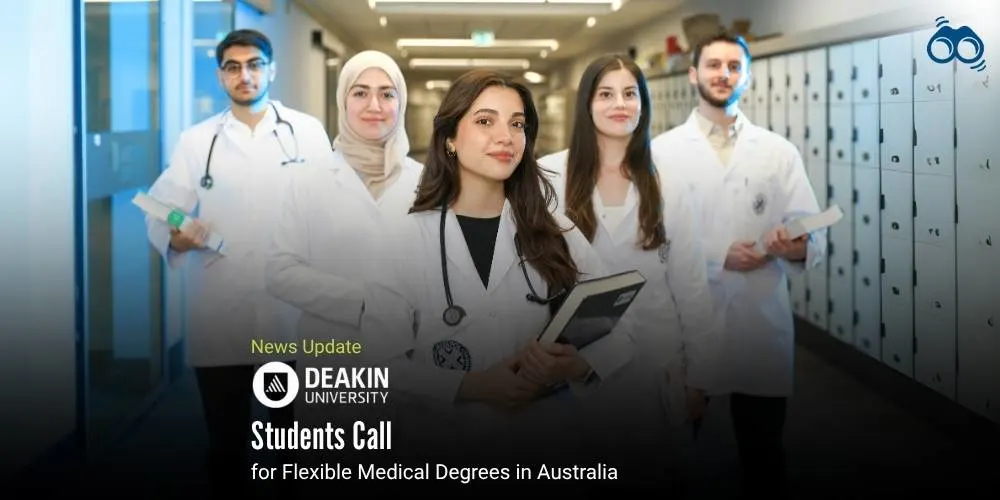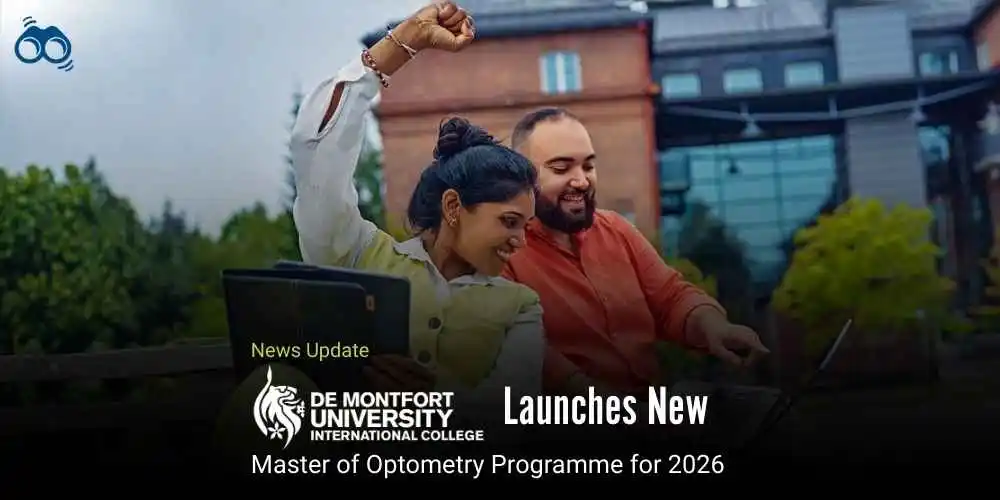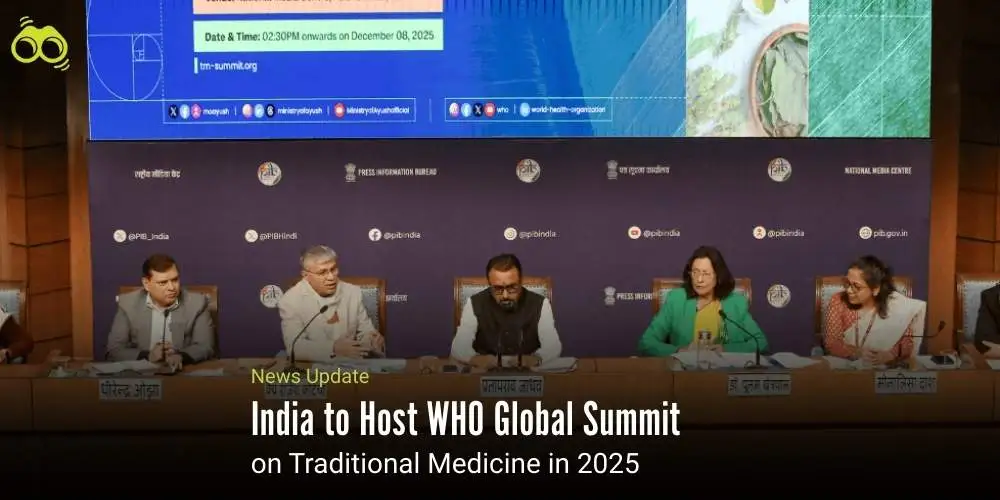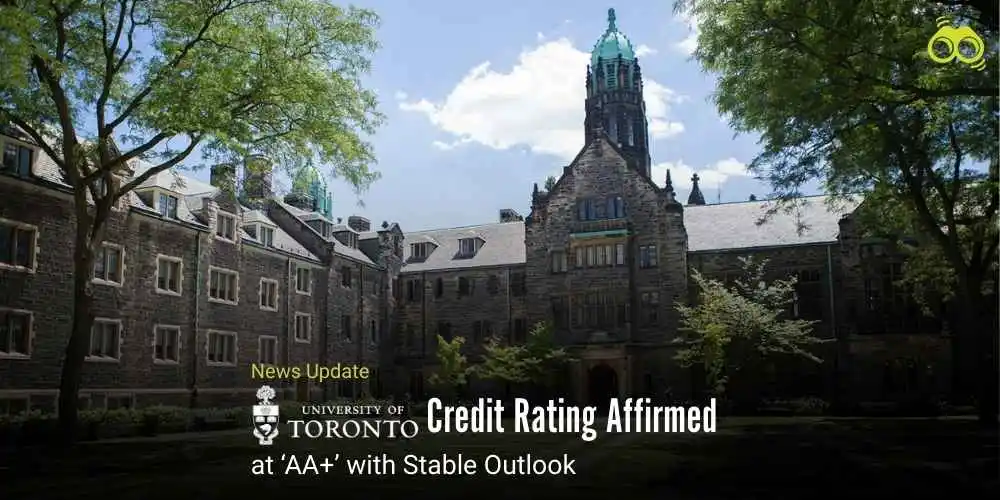Students Demand Reform: Part-Time Medical Degrees Could Ease Burnout and Boost Access
Lisa Ross’s Story Highlights Need for Flexible Pathways in Medical Education
In a compelling illustration of resilience and the challenges faced by mature-aged students in regional Australia, Lisa Ross, a physiotherapist from Horsham, Western Victoria, made the bold decision to pursue a medical degree after experiencing the difficulties of accessing timely healthcare. When one of her three daughters became unwell, it reportedly took three weeks to secure a GP appointment, prompting Ms Ross to take action. At the age of 40, she enrolled at Deakin University and relocated her family to Geelong, determined to contribute to improving healthcare access in underserved communities. However, during her second year of study, the combined pressures of full-time education, family responsibilities, and mortgage obligations became overwhelming. In response, Ms Ross made the difficult but necessary decision to pause her studies for one year, prioritising her family’s mental health and overall wellbeing.
Having since resumed her studies, Ms Ross has spoken candidly about the financial strain caused by limited work hours, which has forced her to make difficult choices, such as cancelling swimming lessons for her children. She wrote to the university’s dean advocating for the introduction of part-time medical study, noting that no such option currently exists in Australia. She expressed concern that the lack of flexibility may deter parents from pursuing medicine and argued that part-time pathways could reduce burnout and promote a healthier, more sustainable approach to medical education.
Although most medical programmes globally remain full-time, some institutions have begun trialling part-time models. Notably, the University of Edinburgh recently graduated the UK’s first part-time medical cohort. In Australia, Professor Stuart Carney, President of Medical Deans AUSNZ, acknowledged the need for flexibility and confirmed that a working group is reviewing international practices, including adapting early classroom-based learning for part-time delivery. He noted the challenge lies in developing a model suitable for all 22 medical schools.
A spokesperson for the Department of Education clarified that the government does not restrict part-time medical study and is working with universities to identify barriers. They confirmed that Commonwealth Supported Places (CSP) would not be affected by part-time enrolment. Dr Karen D’Souza of Deakin University added that part-time options may be considered if funding rules change, noting that current quotas could be disrupted by fewer annual graduates. Professor Carney further emphasised that government collaboration is essential to avoid penalising universities and to support capable students who are unable to study full-time due to caregiving or financial pressures.
Recent surveys have highlighted the extent of these challenges. A poll of 200 Deakin medical students revealed that nearly 90% felt financial hardship was negatively affecting their learning and wellbeing, while 36% cited caregiving responsibilities as an additional burden. A separate national survey, with over 400 responses, found that more than 75% of medical students across Australia shared similar concerns. Currently, medical students are excluded from the Commonwealth Prac Payment, which provides a $319.50 weekly stipend to students in nursing, teaching, midwifery, and social work during placements. Both Medical Deans AUSNZ and the Australian Medical Students’ Association (AMSA) have been advocating for their inclusion.
Melody Ahfock, President of AMSA, stated that part-time study could help diversify the medical workforce and support students facing financial hardship. She stressed that reforms must consider both student well-being and the needs of the healthcare system. Ms Ahfock also noted that students who would benefit from flexible study options are often the same individuals who would gain from the Commonwealth Prac Payment. She described these measures as essential to addressing “placement poverty” and called for more financially manageable pathways into medicine.
A spokesperson for the federal Department of Education added that the Australian Universities Accord had recommended government funding for placements in fields such as nursing, teaching, and care, while other disciplines may rely on employer support. The government, they said, will continue working with universities, states, and stakeholders to explore further assistance for students affected by unpaid placements. Meanwhile, some universities have begun introducing modest improvements in flexibility. Deakin University, for example, has adjusted its timetable so that students attend in-person classes over three and a half days per week, with access to lectures online, either live or recorded.
Professor Carney reiterated the importance of flexible learning models, particularly for mature-aged students, many of whom go on to become general practitioners. Data from the Medical Schools Outcome Database shows that graduates aged 35 to 39 are twice as likely to choose general practice compared to younger peers, while 37% of students with dependent children opt for general practice, in contrast to 15% without.
Lisa Ross echoed these findings, expressing hope that future cohorts would benefit from enhanced flexibility, even if such changes are not implemented during her own studies. She emphasised the unique value mature students bring to medicine through life experience and diverse perspectives. Ms Ross reaffirmed her commitment to completing her degree while maintaining family stability and reiterated her ambition to become a general practitioner serving regional communities, embodying those values even as a student. The growing call for part-time medical study reflects a broader movement towards inclusive, flexible, and sustainable pathways in Australian medical education.
Editor’s Note:
The story of Lisa Ross highlights an increasingly urgent issue in Australia’s medical education system: the need for more flexible, inclusive pathways for aspiring doctors. As mature-aged students and those with caregiving responsibilities face mounting financial and personal pressures, the current full-time-only structure of medical degrees is proving a barrier to many capable individuals who want to serve their communities, particularly in regional areas. Although national conversations are starting to explore part-time medical education models, the scarcity of tangible options continues to hinder access and diversity within the medical workforce.
As demands for reform intensify, Skoobuzz firmly believes that universities and policymakers must collaborate to dismantle structural barriers and forge medical education pathways that align with the realities of students' lives. Flexibility should be seen not as an anomaly but as a vital stride toward a more robust and equitable healthcare system.














0 Comments (Please Login To Continue)